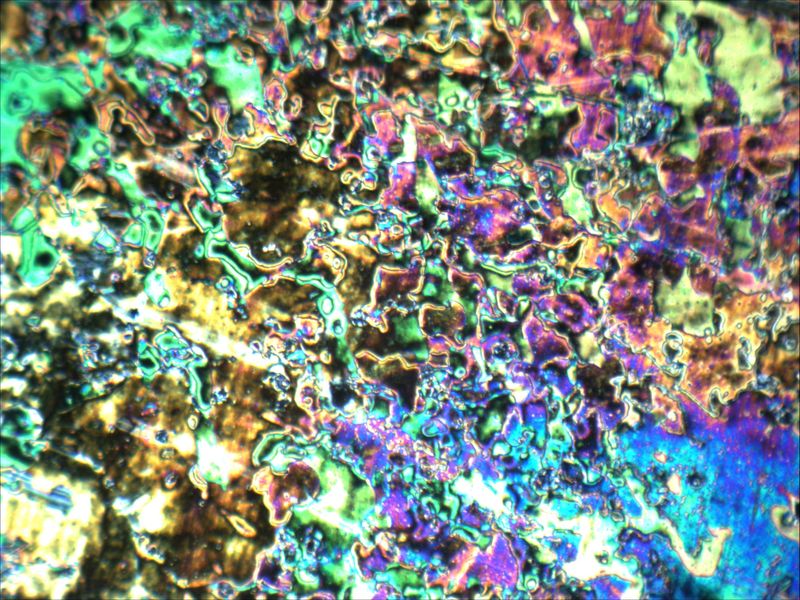In the search for ways to generate clean energy, researchers can learn a lot from nature: certain enzymes in microorganisms, known as hydrogenases, can be used to oxidize hydrogen and produce biofuel. A new study by the group of UniSysCat researcher Ariane Nunes Alves shows how a certain hydrogenase can be stabilized against external interference factors.
Thanks to their ability to split and produce hydrogen gas (H2) the enzymes of the hydrogenase family are of technological importance: they can be used for sustainable energy production, e.g. in biofuel cells. However, some of these enzymes are inhibited or even damaged by gas molecules present in the atmosphere, such as oxygen (O2) and carbon monoxide (CO), which severely limits their use in technical applications.
One approach to circumvent this problem is to genetically modify these hydrogenases so that they become resistant to the interfering gases. This would require the introduction of gene mutations that ensure that the path of O2 and CO to the catalytically active center is blocked, but that H2 is still able to pass through. To do this, the paths of the gases must first be identified and characterized. However, such paths cannot be observed experimentally, but they can be studied using computational methods.
Using sophisticated computational chemistry methods (τ-random accelerated molecular dynamics (τRAMD)) the research group of Ariane Nunes Alves recently studied the paths that H2, O2 and CO take through a selected hydrogenase, namely the [NiFe] hydrogenase from Desulfovibrio fructosovorans.
Interestingly, they find that the most probable paths are the same for H2, O2 and CO. But, the secondary paths are different! Hence, the authors propose that introducing mutations to block the most probable paths, in combination with mutations to open the main secondary paths used by H2, can be a feasible strategy to achieve CO and O2 resistance in the [NiFe] hydrogenase from Desulfovibrio fructosovorans.
This study has been published in the Journal of Chemical Information and Modeling: F. Sohraby, A. Nunes Alves, Characterization of the Bottlenecks and Pathways for Inhibitor Dissociation from [NiFe] Hydrogenase, J. Chem. Inf. Model. 2024, published on May 10, 2024. https://doi.org/10.1021/acs.jcim.4c00187



![Tunnels and unbinding pathways of CO identified in the [NiFe] hydrogenase.](/fileadmin/_processed_/8/c/csm_Research_Highlight_Ariane_Hydrogenase_2_055d2a4589.png)